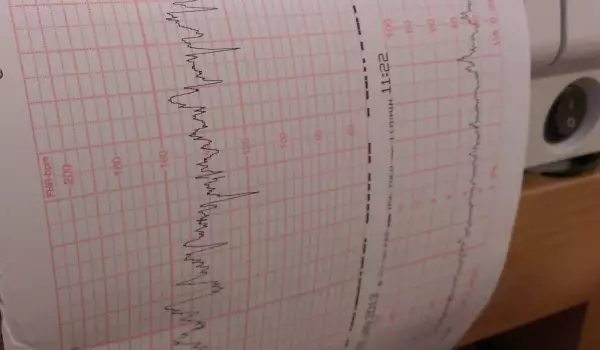The Doppler study, or doppler ultrasound, uses sound waves to create images of blood moving through the circulatory system.
The images show the direction and speed of the blood as it flows through the arteries or veins. These images also show blood flow through the heart. The results of the study help doctors identify problems with the heart and blood vessels.
What are the types of Doppler research
Various types of Doppler research include::
Colour Doppler: a computer changes sound waves in different colours to show the direction of blood flow;
end of tenancy cleaning Bristol
Spectral Doppler: graphical representation of blood flow over time.
– Duplex ultrasound: combines traditional ultrasound images with Doppler ultrasound. It can check the width of blood vessels and can help show blockages;
Doppler ultrasound: this test is used to show the presence of blood flow and can be used to show very slow blood flow. It doesn’t show the direction of blood flow. Used to test blood flow in organs;
Transcranial Doppler ultrasound: Transcranial Doppler ultrasound examines blood flow in the brain to detect strokes or subarachnoid haemorrhages.
Who might need a Doppler study?

Doctors use Doppler ultrasound to:
end of tenancy cleaning Bloomsbury
– To diagnose disorders that affect the blood vessels in the abdomen, legs or arms;
– Checking blood flow after undergoing surgery or receiving certain treatments;
– Evaluation of blood flow between a pregnant woman and the developing fetus during pregnancy.
For what conditions can Doppler ultrasound diagnosis help
Doctors use Doppler ultrasound to diagnose:
– Narrowed arteries or veins;
– Blood clots, including deep vein thrombosis;
– Injuries of blood vessels;
– Chronic venous insufficiency;
– Evaluation of the blood supply to a transplanted organ (such as kidney, liver or pancreas);
– Renal-vascular causes of hypertension;
– Tumors in the blood vessels.
end of tenancy cleaning Basingstoke
How Doppler research works
The Doppler ultrasonic probe sends sound waves into your body. Sound waves bounce off moving blood cells in the blood vessels and return to the probe to be detected. The computer looks at the change in altitude (low or high sounds) between the sound waves sent into your body and the Echo (Sound that bounces back) to understand the direction of blood flow and how fast the blood is moving.
This provides information about:
– Your blood circulation, such as how fast or slow your blood is moving;
– If something stops blood flow;
– Blood goes the wrong way or collects in a blood vessel.
How to prepare for a Doppler ultrasound
Depending on the type of ultrasound and the reason for the Doppler examination, it may be necessary to:
– You are hungry (do not eat or drink) for a certain number of hours before the test;
Quit smoking and do not use nicotine products for at least two hours before the test because nicotine narrows blood vessels, which can affect the test results.
See what tests to do if you are unable to lose weight. Find out why hormone testing is important.

